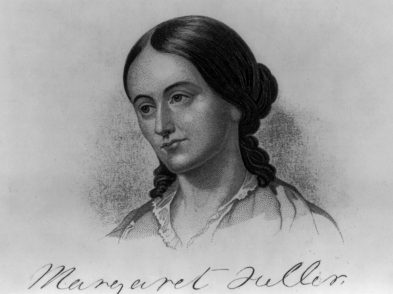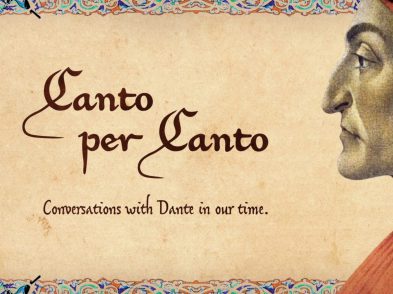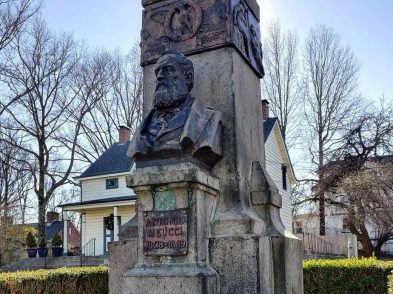Grappling with the complexities of 15th-century humanism is a Herculean task.
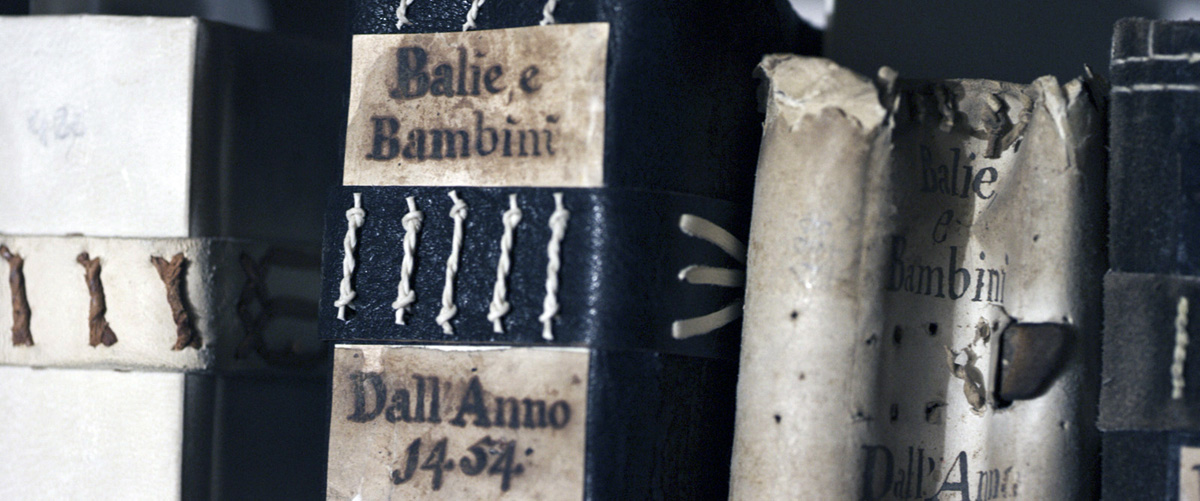
Detail, “The Innocents of Florence” film by David Battistella
With skillful grace, The Innocents of Florence considers how a worldview focused on human potential for excellence manifested itself in the mission of the Ospedale degli Innocenti. Set for release this month, the feature-length documentary raises salient questions about the civic identity of Renaissance Florentines, which connects the contemporary viewer to the myriad philosophical foundations on which Florence’s foundling hospital was built.
Renaissance Florence manufactured a specific variety of humanism. The philosophy wound its way from antiquity by way of the Middle Ages before becoming an explosive force in early modernity. It was a worldview that transformed dramatically during the 15th century as it danced between promoting the individual and the collective. The Ospedale degli Innocenti, an illustration of charity in this tradition, accepted its first child in 1445 after being commissioned in 1419 with funding from the silk guild when Florence was grounded in the republican tradition that manifested in the late medieval commune. Humanism reeled under the Medici hegemony established in 1434, and this shifted the city’s conceptualization of the philosophical purpose of a profoundly civic project. Humanism was not a creation of the Medici, but it was a philosophy that could be manipulated to assert their agenda.
As civically minded as the Florentines were in their embrace of classical virtue, the focus of this charitable enterprise was not reflective of the cardinal virtues of prudence, fortitude, temperance and justice, but the Christian virtue of charity. Some humanists challenged the hegemony of the city’s ruling class by focusing on welfare, poverty and humility. The Ospedale could be viewed as either a challenge to the Medici or as a display of Florentine prosperity under their influence. Whether it was perceived as emblematic of Medici success or not, this film demonstrates that this proved a popular project because it was one that was seen to fill an important role in Florence’s wellbeing across the philosophical spectrum. For this reason, The Innocents of Florence rightly spends little time with the family that dominates most discussion about 15th-century Florence. Instead, the movie shines a spotlight on how the restoration of even a minor work of art can instigate critical questions about our perceptions of Florence’s “golden age”. A reconsideration of the idealism constructed around Renaissance Florence is a welcome approach.
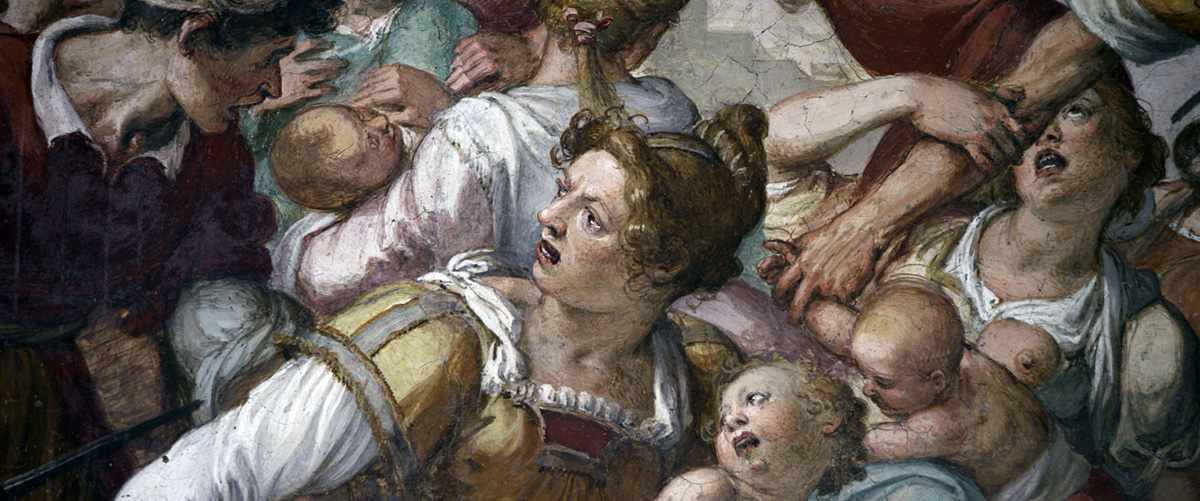
Detail, “The Innocents of Florence” film by David Battistella
Far from being an alternative to the perspective of the Middle Ages, there are deep vestiges of scholasticism in even the most secular humanism. It is fitting that The Innocents of Florence brings us to the 15th century by way of Dante. An academic swansong of the Middle Ages, humanists identified with Dante as a prodigal son of Florence and a foundation for the Renaissance. The Christian medieval tradition allows the film to highlight the continued significance of the relationship between Mary and Christian charity, and how this manifested itself in Domenico di Michelino’s Mother of the Innocents.
To this end, the film explores mercy as part of a larger presentation of the restoration of Michelino’s work. There are elements of mercy and charity in 15th-century humanism in the name of “good” government, but it was self-serving rather than being merciful by altruistic design. Charity was conceptualized as a way to save one’s own soul and to bring stability to the city, reflecting the guilt of successful merchants and bankers. For Renaissance Florentines, it was useful to spend wealth for the benefit of rising to positions of honor and distinction. Francesco Datini, who gave an instrumental gift to the hospital, acts as an example in this film. A successful merchant who was deeply concerned for his own salvation, Datini made enormous benevolent donations. While the image of Saint Mary was a common symbol at the Innocenti, the charity was also influenced by the classical tradition of buying the favor of divinity, which resonated with Christian guilt. Connections to Rome were something to which the Florentines readily adhered and, like Ancient Rome, Florence was plagued by class struggle. There was nothing egalitarian about Renaissance Florence, less the idealism of Ospedale degli Innocenti make our outlook too rosy. The Ospedale was a clear example of economic disparity, especially when one considers the economics of wet nursing, which is a central theme in this film’s presentation of what it took to save abandoned babies.
Outside the purview of this film’s narrow but deep focus lies the historical reality that infant abandonment was common across epochs. Variances tell us a great deal about the cultural, social, political and economic contexts. Why infanticide was seen as a problem in Renaissance Florence illustrates humanism’s duel concern for the babies’ souls and their citizenship. Limbo troubled the humanists, while the pagan tradition with which we associate them was free of this concern. The humanists were generally a devout and guilty lot, and limbo was a Christian problem.
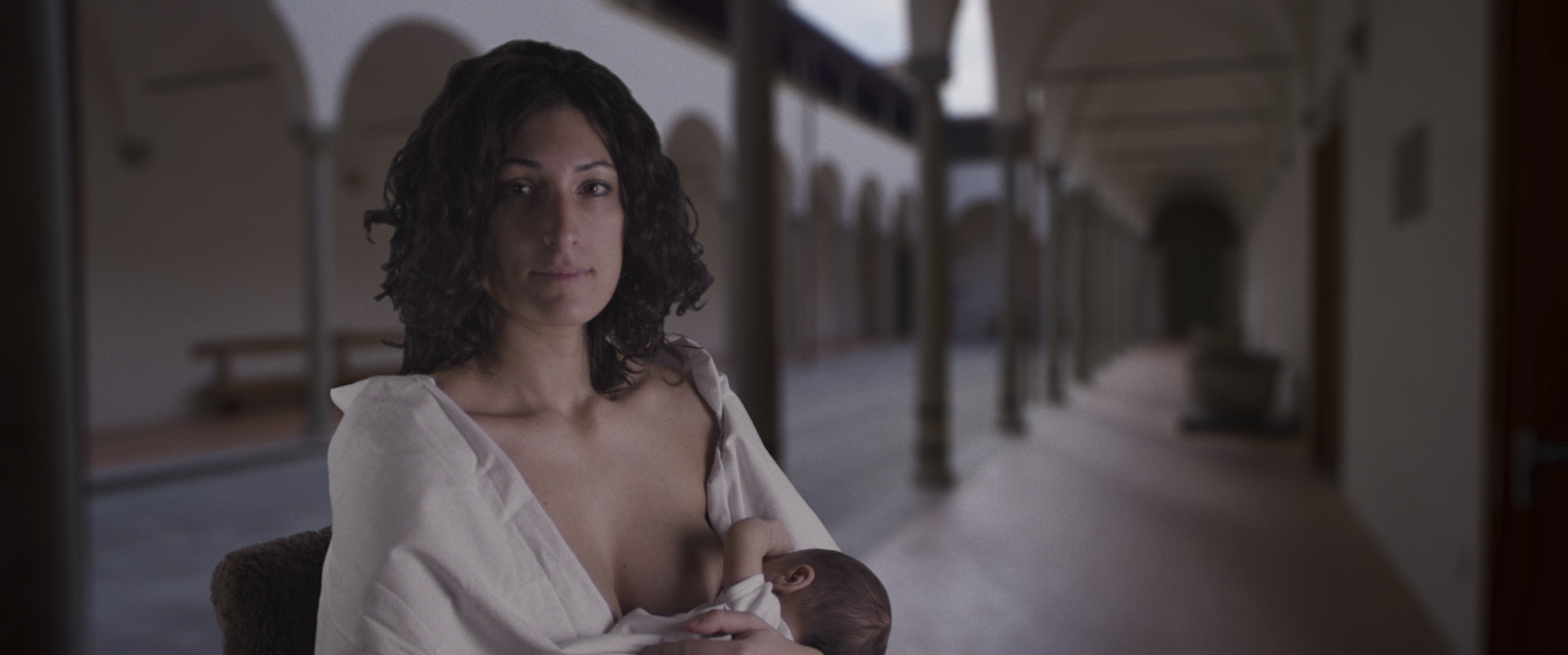
Detail, “The Innocents of Florence” film by David Battistella
While historians have offered a great deal of attention to the study of humanism, far less has been done to uncover the history of childhood and how civic humanism in Florence impacted the experience of children. This is a fundamental value of the film, not the sweeping assumption that the trajectory of charity across time improves in a linear fashion. More than looking after the poor and unfortunate, the Ospedale served the interests of the economic elite who needed social stability to maintain their control over the city. Speaking loudly about the motivations behind their support of the charity and their actual motivations were, in reality, two very different things.
Idealism versus reality was reflected in the shockingly high mortality rates of the children left in the care of the institution. Idealism speaks to the humanist goal to create a harmonious city. The Innocents of Florence reminds us that, in a harmonious city, the powerful cannot crush the weak.
Humanists in mid-15th century Florence were notoriously utopian. The Innocenti was a vision that stood in drastic contrast to the status quo of starvation and disease. More than 80 percent of the children entrusted to the Ospedale died quickly, and yet humanists were obsessed with the proper classical education of entrusted male children and the dowries of the female children so that they could be respectable members of society in the future. This was an investment for the good of the city.
The Innocents of Florence asks us to reconsider why the cradle of renaissance civilization offered a cradle to its abandoned babies. It was not humanitarianism, but it was humanism.
ATTEND THE PREMIERE!
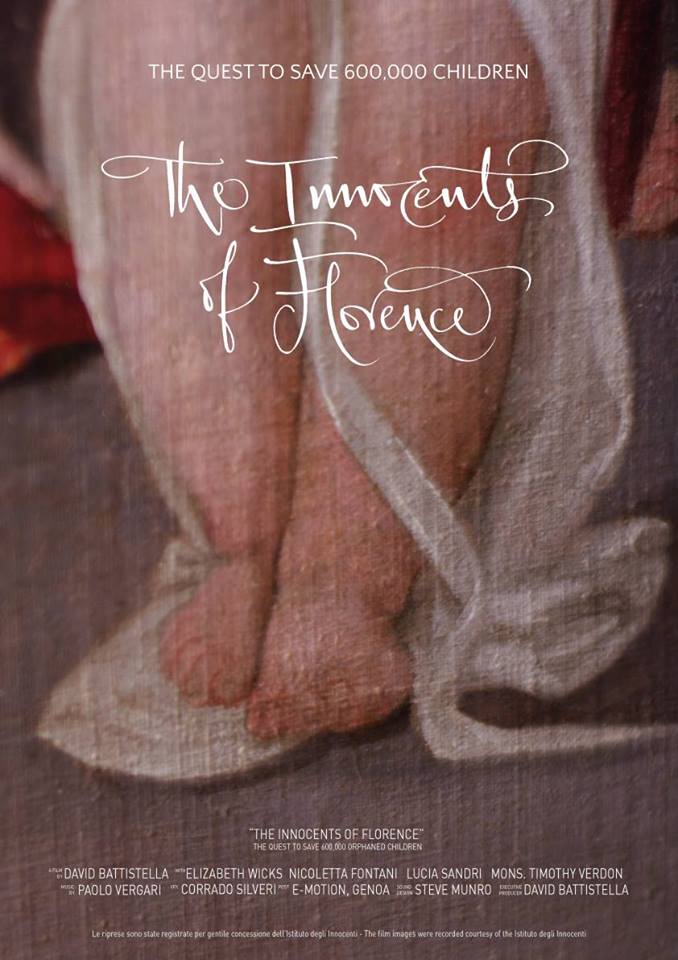
The Innocents of Florence: The Quest to Save 600,000 Children by David Battistella will premiere in English at Florence’s Cinema La Compagnia (via Camillo Cavour, 50/R, Florence) at 9pm on May 17.
The 90-minute feature length documentary details a present-day restoration of a 600-year-old painting, which takes two art conservators on a journey uncovering the city’s forgotten children and the women who saved them. A second English screening will take place on May 24 at 3pm.
Buy tickets (8 euro): theflr.net/ticketsinnocentsfilm


